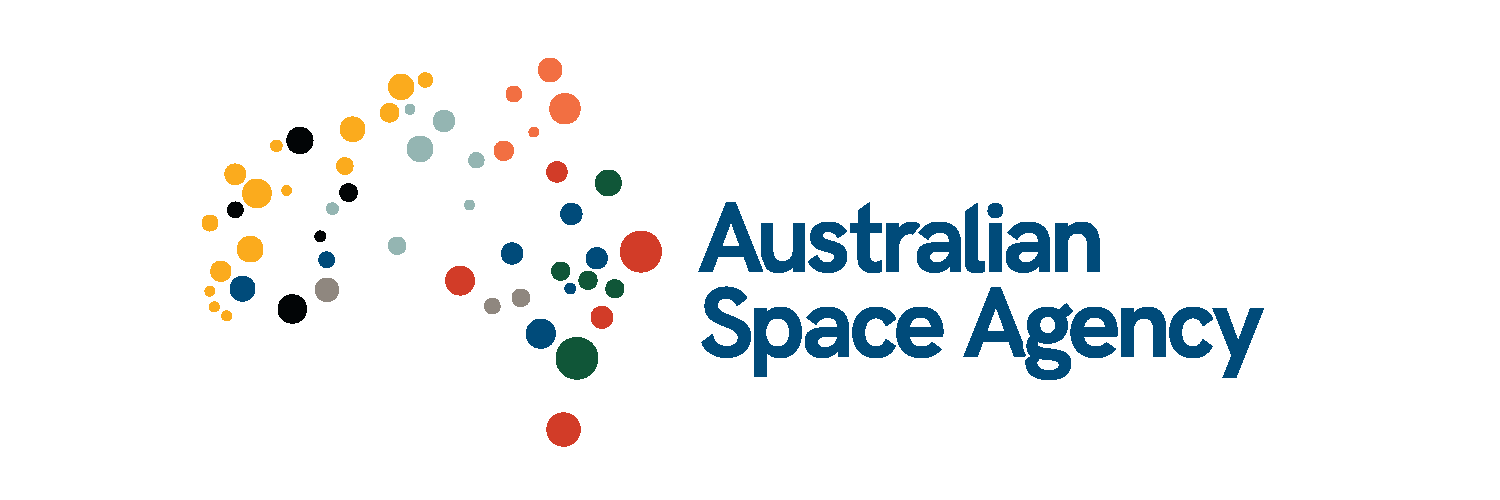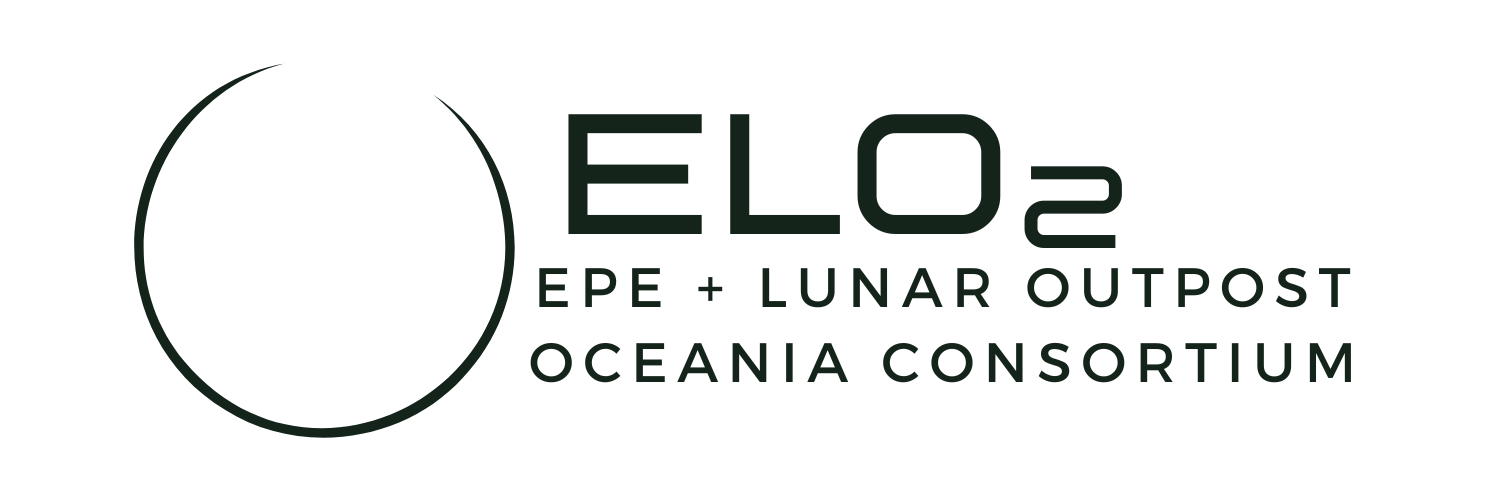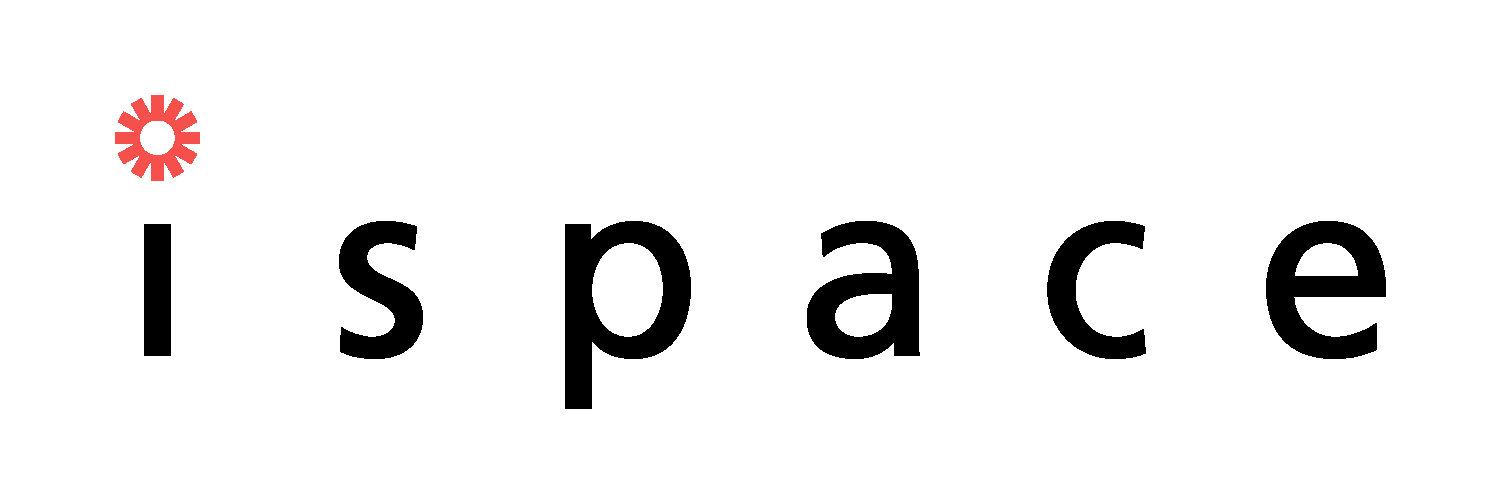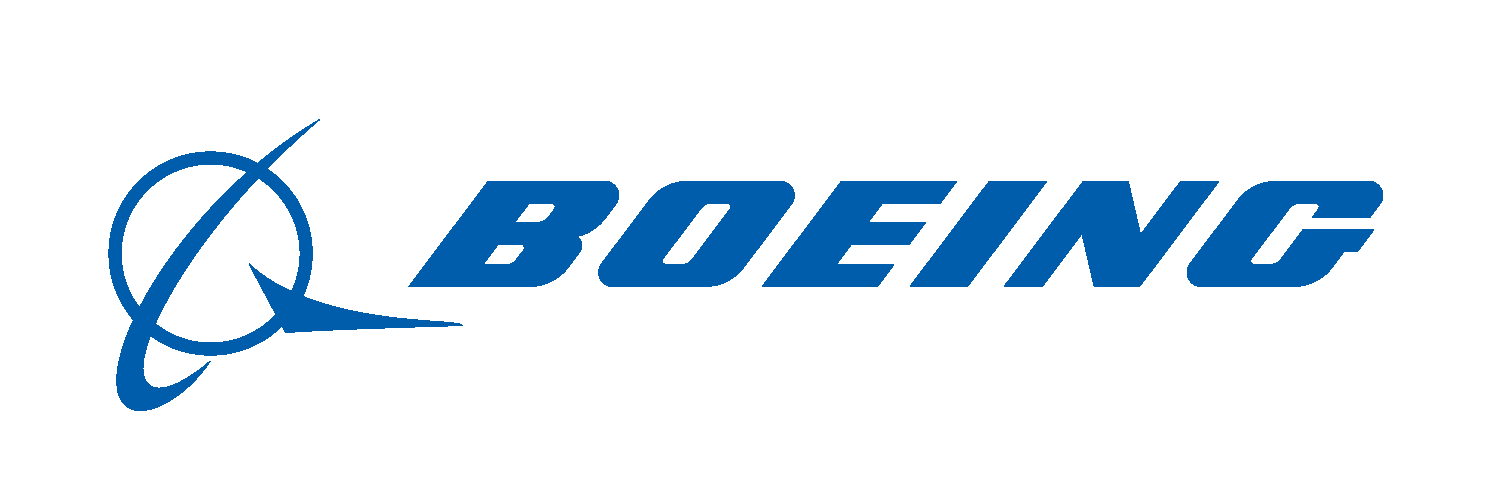Previous Challenges
Want to know more about the Australian Rover Challenge? See galleries, videos and scoring information from our past challenges.
2025
-
Overview and winners
The 2025 Australian Rover Challenge marked a return to the University of Adelaide’s brand-new Exterres Analogue Facility at Roseworthy Campus. The expansion of the competition saw participants from four countries make their way to South Australia to compete in the challenge.
Well done to all our competing teams and a big congratulations to our winning teams:
- AGH Space Systems (Kraków, Poland)
- UQ Space (Queensland, Australia)
- Monash Nova Rover (Melbourne, Australia)
Special thanks to our 2025 sponsors:
- Premier Partners Caterpillar, Boeing and ELO2
- Major partner iSpace
- Supporting partners Australian Space Agency and SASIC
-
Scores and awards
2025 challenge scoreboard
Team Name
Organisation
CountryCDR
SAR

Post
Landing
Task
Excavation &
Construction
Task
Space
Resources
Task
Mapping &
Autonomous
TaskTotal
ScoreAGH Space Systems
AGH University of Kraków Poland
Poland21.6
54.0
90
100
76
80
421.6
UQ Space
The University of Queensland Australia
Australia22.3
55.3
85
100
83
33
378.6
Monash Nova Rover
Monash University Australia
Australia26.8
62.0
65
92
68
45
358.8
Legendary Rover Team
Rzeszów University of Technology Poland
Poland16.4
59.1
90
89
27.4
37.4
319.3
Project Scorpio
Wrocław University of Science and Technology Poland
Poland20.3
57.0
55
56
71
33
292.3
Robotics and Autonomous Systems (RAS) Team UNSW Canberra
UNSW Canberra Australia
Australia22.7
59.6
70
71.8
30
35
289.1
QUT Remote Off-world Autonomous Robotics (R.O.A.R.)
QUT Australia
Australia23.2
55.1
70
70
28
29
275.3
UOW Rover Team
University of Wollongong (UOW) Australia
Australia20.2
49.0
50
56.2
25
46
246.4
UniMelb Rover Team
The University of Melbourne Australia
Australia23.1
54.4
58.5
49.2
25.5
9
219.7
Adelaide Rover Team
The University of Adelaide Australia
Australia23.8
52.7
20
70
29
13
208.5
RMIT Rover Team
RMIT University Australia
Australia19.4
49.2
30
33
43.8
15
190.4
UTS ROCK-E THE ROVER
University of Technology Sydney Australia
Australia21.2
50.0
4.5
26
42.4
9
153.1
Deakin Rover Team
Deakin University Australia
Australia17.8
48.4
27
26
119.2
Bluesat
University of New South Wales Australia
Australia22.1
49.9
0
9
11
92.0
UWA Rover Team
University of Western Australia Australia
Australia15.5
43.4
4
16
12
90.9
Swinburne Rover Team
Swinburne University Australia
Australia22.3
47.5
69.8
NU Rover Team
Nazarbayev University Kazakhstan
Kazakhstan18.3
47.1
65.4
Macquarie Aerospace Rover Society (MARS)
Macquarie University Australia
Australia18.8
34.1
52.9
KNR Rover Team
Warsaw University of Technology Poland
Poland20.1
20.1
SKA Robotics
Warsaw University of Technology Poland
Poland19.4
19.4
Rhino Rover
Dayananda Sagar Academy of Technology and Management India
India14.5
14.5
Team Kosmos
NMIMS MPSTME India
India12.6
12.6
UC01
University of Canberra Australia
Australia10.1
10.1
Team Atlas
Team Atlas Bangladesh
Bangladesh9.1
9.1
-
Tasks and rules
Tasks
The Australian Space Agency Post-Landing Task
Your Rover has just landed on the surface of the Moon. Your team is now required to execute a task list to work towards establishing an in-situ resource utilization (ISRU) outpost. Tasks include: conduct a systems check on the lander and relay any damage to the judges, navigate to and find the location of the Supply Caches while traversing past obstacles and initiate a start-up protocol, download instructions and perform maintenance, connect propellant hoses.
iSpace Space Resources Task
Towards the goal of supporting future astronauts which need breathable oxygen, potable water and construction materials, your rover must begin the evaluation, collection and extraction of critical lunar resources including frozen volatiles like H2O, and metals like Ti and FeO from ilmenite (FeTiO3). To do this, your rover has two primary tasks to perform; 1) in-situ resource prospecting, 2) then excavate and process the target resource to hand to judges. There will be two types of resource deposits your rover must investigate: dry partially magnetic soil representing ilmenite-enriched regolith, and frozen ice-cemented soil representing deposits of frozen volatiles in Persistently Shadowed Regions (PSRs).
ELO2 Excavation & Construction Task
Rovers are expected to scale-up operations and prepare the site for a future human landing by conducting some foundation services which include removing hazards by clearing rocks, excavating and transporting regolith to construct a berm, and constructing a feature of the team's choosing using dust-mitigating pavers brought from Earth
Boeing Mapping & Autonomous Task
Rovers need to explore a new area given a rudimentary map, perhaps derived from data collected by orbiters. This map will contain a series of landmarks that scientists are interested in imaging in more detail, and the rover will need to navigate to these without human intervention. Then, either autonomously or under operator control, a larger-scale map of the arena will need to be constructed, and the locations of previously unknown landmarks will need to be determined.
-
Videos
Daily action of the 2025 Australian Rover Challenge
2024
-
Overview and winners
The 2024 Australian Rover Challenge was an exciting new chapter in evolution of the competition, moving to the University of Adelaide’s brand-new Exterres Analogue Facility at Roseworthy. The expansion of the competition saw over 210 participants from three countries making their way to South Australia as well as almost 6,500 daily streams logging-on to watch the competition from all around the world making this the largest ARCh yet.
Well done to all our competing teams and a big congratulations to our winning teams:
- Projekt Scorpio (Wrocław, Poland)
- Monash Nova Rover (Melbourne, Australia)
- UQ Space (Brisbane, Australia)
The move to the larger arena demonstrated just how challenging mobility, navigation and perception on the lunar surface can really be. Rising to the challenge, teams were ready and able to showcase their rover’s functionality as well as the perseverance and adaptability of their team members.
It was a great pleasure for ARCh to host the teams in 2024 and we were thrilled to see another increase in participant numbers, both in the design rounds and during the final competition days. With 2024 seeing new teams from around Australia and the globe along with growth in the returning teams - the ARCh organising committee is looking forward to seeing what the 2025 competition holds.
Special thanks to our 2024 sponsors:
- Premier Partners Boeing and ELO2
- Major partners iSpace and the Australian Space Agency
- Supporting Partners, SASCIC and Caterpillar
- Event Supporters CSIRO and Mini Mammoth Games
-
Scores and awards
2024 challenge scoreboard
Country
CDR
SAR

Post
Landing
Task
Excavation &
Construction
Task
Space
Resources
Task
Mapping &
Autonomous
TaskTotal
ScoreProject Scorpio
Wrocław University of Science and Technology Poland
Poland20.4
56.8
85
60
92
39
353.2
Monash Nova Rover
Monash University Australia
Australia24.1
61.1
56
43
68
28.8
281.0
UQ Space
University of Queensland Australia
Australia24.1
56.2
45
42
61
30
258.3
QUT Robotics Club
Queensland University of Technology Australia
Australia22.4
57.9
60
42.7
34
20
237.0
Adelaide Rover Team
University of Adelaide Australia
Australia19.8
62.5
42.5
24
29.7
17
195.5
UniMelb Rover Team
University of Melbourne Australia
Australia22.2
56.2
45
12
34
8.5
177.9
RMIT Rover Team
Royal Melbourne Institute of Technology Australia
Australia20.3
51.2
0
29
56.6
13
170.1
Swinburne Rover Team
Swinburne University of Technology Australia
Australia17.8
52.4
5
22
25.2
122.4
Team Atlas
Brac University Bangladesh
Bangladesh13.2
36.4
0
16.5
26
0
92.1
UOW Rover Team
University of Wollongong Australia
Australia16.8
42.5
0
10.2
69.5
REV
University of Western Australia Australia
Australia16.3
47.5
63.8
SHUNYA
Indian Institute of Information Technology,
Design & Manufacturing
in collaboration with
Madras Christian College India
India21.3
21.3
UTS Rover Team
University of Technology Sydney Australia
Australia21.2
21.2
KMC Robophysicists
University of Delhi India
India12.3
12.3
-
Tasks and rules
Tasks
The Australian Space Agency Post-Landing Task
Your Rover has just landed on the surface of the Moon. Your team is now required to execute a task list to work towards establishing an in-situ resource utilization (ISRU) outpost. Tasks include: conduct a systems check on the lander and relay any damage to the judges, navigate to and find the location of the Supply Caches while traversing past obstacles and initiate a start-up protocol, download instructions and perform maintenance, connect propellant hoses.
iSpace Space Resources Task
Towards the goal of supporting future astronauts which need breathable oxygen, potable water and construction materials, your rover must begin the evaluation, collection and extraction of critical lunar resources including frozen volatiles like H2O, and metals like Ti and FeO from ilmenite (FeTiO3). To do this, your rover has two primary tasks to perform; 1) in-situ resource prospecting, 2) then excavate and process the target resource to hand to judges. There will be two types of resource deposits your rover must investigate: dry partially magnetic soil representing ilmenite-enriched regolith, and frozen ice-cemented soil representing deposits of frozen volatiles in Persistently Shadowed Regions (PSRs).
ELO2 Excavation & Construction Task
Rovers are expected to scale-up operations and prepare the site for a future human landing by conducting some foundation services which include removing hazards by clearing rocks, excavating and transporting regolith to construct a berm, and constructing a feature of the team's choosing using dust-mitigating pavers brought from Earth
Boeing Mapping & Autonomous Task
Rovers need to explore a new area given a rudimentary map, perhaps derived from data collected by orbiters. This map will contain a series of landmarks that scientists are interested in imaging in more detail, and the rover will need to navigate to these without human intervention. Then, either autonomously or under operator control, a larger-scale map of the arena will need to be constructed, and the locations of previously unknown landmarks will need to be determined.
Rules and key dates
Find the final rules and requirements, including key dates, rover and challenge rules, scoring, prizes and more.
2024 key dates
8 August 2023 Team registration opens 8 August 2023 Rules and requirements released 9 October 2023 Team registration closes 6 November 2023 Critical design review due 17 November 2023 System Acceptance Review (SAR) guidelines released 24 January 2024 Distributed field test 12 February 2024 System Acceptance Review due 18 March 2024 Cost Report due 21 March 2024 2024 Australian Rover Challenge competition commences 24 March 2024 2024 Australian Rover Challenge competition concludes -
Videos
Daily action of the 2024 Australian Rover Challenge
2023
-
Overview and winners
What a massive four days of the 2023 Australian Rover Challenge (ARCh)!
This year saw eight teams of over 180 student participants, including the Projekt Scorpio team all the way from Poland, join in the competition!
Well done to our winning teams:
- Monash Nova Rover (Melbourne, Australia)
- Projekt Scorpio (Wrocław, Poland)
- University of Melbourne Rover Team (Melbourne, Australia)
Shout out also to the Adelaide Rover Team for taking home Best Team Culture, and Queensland University of Technology Robotics Club (QUTRC) for scoring Best New Team!
Our favourite part of the ARCh is the camaraderie and community between the team workshop tents, with countless stories of large and small acts of kindness when a critical rover part fails.
It's incredible to see so many new and growing Australian (and international!) teams coming to Adelaide to showcase their capabilities in developing and operating their rovers.
Special thanks to our sponsors:
- Premier partner Boeing
- Major partners ispace and the Australian Space Agency
- Event supporters Defence SA, SASIC and Drone Deploy
If you missed the action, you can still check out the livestream recordings.
-
Scores and awards
2023 challenge scoreboard
Team Name
University
Country
CDR
SAR
Post Landing
Excavation Construction
Space Resources
Mapping Autonomous
TOTAL
Monash Nova Rover
Monash University
Australia
20.4
65.7
90
72.7
46.5
40
335.3
Project Scorpio
Wroclaw University of Science and Technology
Poland
17
38.8
80
55.6
54
63
308.4
UniMelb Rover Team (URT)
University of Melbourne
Australia
15.9
50.5
75
6.0
51
0
198.4
QUTRC Artemis
Queensland University of Technology
Australia
19.7
39.5
60
4.5
12
20
155.7
UQ Space Inc.
University of Queensland
Australia
23.1
54.1
4.5
4.3
51
9
146.0
Adelaide Rover Team
University of Adelaide
Australia
20.5
48.2
18
4.9
46.5
0
138.1
UTS Rover Team
University of Technology Sydney
Australia
12.0
53.0
0
4.5
42.5
0
112.0
RMIT Rover Team
Royal Melbourne Institute of Technology
Australia
13.4
34.1
0
0.6
33.5
0
81.6
-
Tasks and rules
Tasks
The Australian Space Agency post-landing task
Your Rover has just landed on the surface of the Moon. Your team is now required to execute a task list to work towards establishing an in-situ resource utilization (ISRU) outpost. Tasks include: conduct a systems check on the lander and relay any damage to the judges, navigate to and find the location of the Supply Caches while traversing past obstacles, and initiate a start-up protocol.
The ispace space resources task
To demonstrate its ability to conduct foundation services, Rovers are expected to perform in-situ resource identification and processing of icy lunar regolith (extraterrestrial soil) to determine which unexplored sample site may yield the greatest amount of frozen water, and to extracted as much water as possible to support human life-support systems and refuelling of spacecraft.
The construction and excavation task
Your rover is expected to conduct a variety of activities on the lunar surface including the extraction, transport and deposition of dry lunar regolith in an ISRU hopper, as well as performing surface preparations including terrain assessment, shaping and/or debris clearing, and interacting with or deploying artificial structures.
The Boeing mapping and autonomous task
Your rover is required to map the area and traverse autonomously in support of establishing a sustainable, long-duration ISRU base.
Rules and key dates
Find the latest rules and requirements, including key dates, rover and challenge rules, scoring, prizes and more.
-
Videos
Daily action of the 2023 Australian Rover Challenge
2022
-
Overview and winning teams
This year's challenge saw Australian university students building, operating and competing their semi-autonomous rovers in a simulated lunar environment, accomplishing navigation, resource utilisation, and construction tasks while assisted and mentored by international industry and government partners.
The rovers attempted In-situ resource evaluation, performed semi-autonomous tasks and interacted with the environment using a robotic arm. In addition to the physical challenge, students presented their rover designs to industry professionals, academia and Australian Rover Challenge judges.
After three sunny days on the Maths Lawn at the University of Adelaide's North Terrace camps, the students completed their four challenges while entertaining spectators for the top spot. The results were:
- Winner – Monash University
- Runner up – University of Melbourne
- Best team culture – UTS
Congratulations to our other participants, University of Adelaide and University of Queensland.
Thank you to all of our student participants and our industry partners and sponsors for such an exciting competition!
-
Scores and awards
After the marking of the Preliminary Design Review, teams were given a score out of 15 Challenge points. The top three teams and their scores are listed below.
- Monash Nova Rover - Monash University 13.6
- RMIT Rover Team - RMIT University 12.0
- Adelaide Rover Team - The University of Adelaide 11.6
After the marking of the System Acceptance Review, teams were given a score out of 25 Challenge points. The top three teams and their scores are listed below.
- Monash Nova Rover - Monash University 22.3
- Adelaide Rover Team - University of Adelaide 19.3
- UQ Space - University of Queensland 18.4
The top three teams after the reporting deliverables out of 40 Challenge points are listed below.
- Monash Nova Rover - Monash University 35.9
- Adelaide Rover Team - University of Adelaide 30.9
- UQ Space - University of Queensland 28.7
-
Video
-
Final rules
View the final rules and requirements for the 2022 challenge.
-
Information recording sessions
Webinar and Q&A session: 25 August 2021
On Wednesday 25 August 2021, the Australian Rover Challenge Organising Committee hosted a webinar and Q&A session. For those that were unable to attend, please find a recording of the video here.
Webinar and Q&A session: 6 October 2021
In this second ARC 2022 webinar, the ARC Organising Committee addressed changes and elaborations to the ruleset. Featuring the ARC judges David Harvey and Rini Akmeliawati, as well as ARC Organisers and Rules Developers, Daniel Ricardo and Henry Lourey.
Webinar and Q&A session: 14 December 2021
The ARC organising committee discuss the recently released System Acceptance Review (SAR) and Distributed Field Test (DFT) requirements document, and answer questions from attendees.
2021
-
Overview, winning teams and awards
The challenge was for students to design, build and operate their semi-autonomous rover in a simulated lunar environment. Put to the test, the rovers had to conduct In-situ resource evaluation, perform semi-autonomous tasks and interact with the environment using a robotic arm. In addition to the physical challenge, students presented their rover designs to industry professionals, academia and Australian Rover Challenge judges.
After two (mostly) sunny days on the Maths Lawn at the University of Adelaide's North Terrace camps, the students completed their four challenges while entertaining spectators for the top spot. The results were:
- 1st place – Monash University
- 2nd place – RMIT
- 3rd place – The University of Adelaide
We also asked each team to select their Most Valuable Team member – this award recognises the individual’s contribution to the team and going over and above to help the team during the lead up to and during the competition. The following were selected:
- Will De La Rue – Monash University
- Dave Tucker – RMIT
- Abigail Sparnon – The University of Adelaide
Thank you to all of our student participants and our industry partners and sponsors for such an exciting competition!
The Australian Rover Challenge partnered with the South Australian Space Industry Centre (SASIC) and was supported by the Australian Space Agency and the SmartSAT CRC.
-
Video
-
Final rules
View the final rules and requirements for the 2021 challenge.
